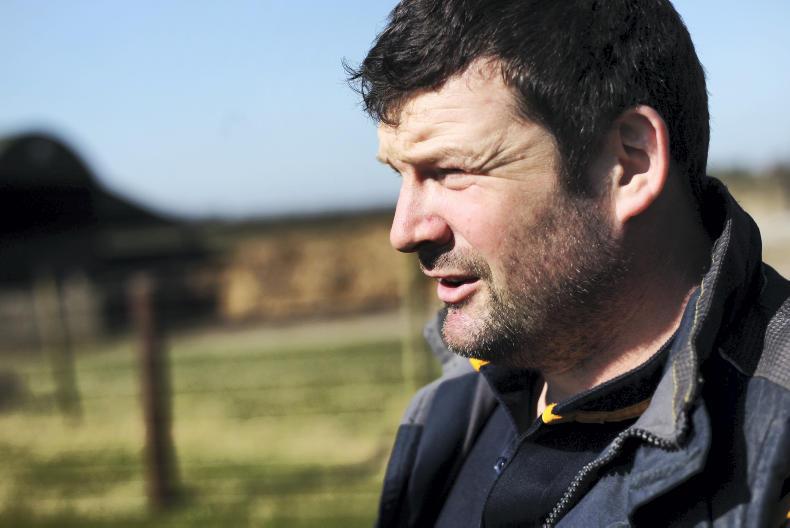We’ve managed to get the last of the farmyard manure (FYM) spread on some of the drier fields in time for the closed period.
I do wonder how the rush to get everything spread on the land by certain calendar dates doesn’t increase the risk of water pollution if we get heavy rain around the same time, due to the fact that so much ground is covered with manure in such a short period of time.
Would letting farmers spread when soil and weather conditions are more appropriate reduce the risk, as there wouldn’t be the same rush as we have now?
As farmers, we are quite in tune with our environment, and it is in our own interests as well as everyone else’s to protect it.
Unfortunately, I have had to avoid applying it on the fields I really wanted to as they are too wet due to the amount of rain that has fallen lately.
Soil fertility
As I am trying to build soil fertility on the farm, I take regular soil samples to help me decide where my FYM is applied yearly. Given that I have had to skip some of the fields due to get it this year, I will keep them in the mind when drawing up my nutrient management plan for next year.
Before I started planning where my valuable home-produced nutrients were applied, they were simply applied to whichever areas were convenient for me at the time of spreading.
Given that I have only a limited amount of dung that can be spread here every year, I have been taking a soil sample from a third of the farm each year. This, I have found, gives me a clearer picture of how my soil fertility is improving or not on the farm, allowing me to target the areas of the farm that need the extra nutrients provided from the dung.
We finished the process of AI here last Wednesday. In total, there were 19 different rams used from various breeds which were sourced from all over the country by Sheep Ireland.
The ewes that went for natural service appear to have all been tupped at this point, with very few having fresh raddle marks this week. I plan on leaving the rams with these ewes for another few weeks to pick up any ewes that may still repeat on their next cycle.
The ewes that were served by AI will also get rams let into them to pick up any of the repeats that will occur. These repeats will be lambing down alongside my ewe lambs and any that are only carrying singles will be used to cross-foster lambs from some of the ewe lambs that have multiple births.
My autumn grazing plans are being challenged this year. Growth is 21kg DM/ha. Ground and grazing conditions have been poor and I’m finding that grass is disappearing quicker than planned.
As a result, I am considering finishing the remainder of the lambs in the shed at this stage as this will free up some more ground for ewes to graze.
Most of the lambs are not far from being factory fit but I’m finding the weather is holding them back as getting dry ground is hard of late. I have them on meal already so the transition into the shed should run smoothly enough.






 This is a subscriber-only article
This is a subscriber-only article










SHARING OPTIONS: